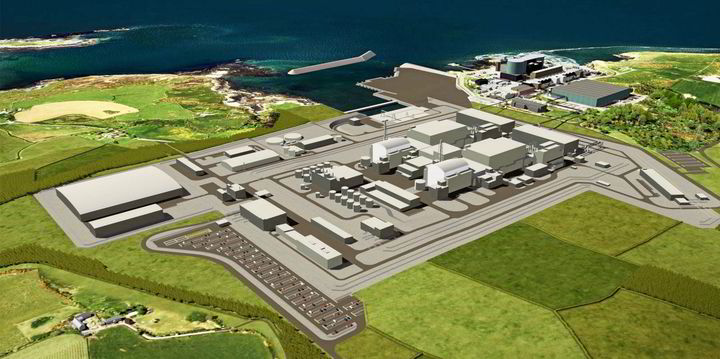“Conventional nuclear power has had its day, but fusion could still be a silver bullet.”
Nuclear reactors release an incredible amount of energy. In practice, one kilogram of uranium can release as much energy as 1,500 tons of coal. Existing nuclear power plants are also inexpensive to operate and CO2-free with the additional advantage that there are no air pollutants.
The real problem with nuclear power, however, is that the cost of new construction has increased over the years, as have the cost of decommissioning existing plants. In addition, public support for the nuclear industry has waned after a series of accidents – most recently in Fukushima – as well as the nuclear industry’s inability to build new power plants on time and on budget.
After all, even for next-generation nuclear technology pilot plants, it is really difficult to get building permits.
All of this begs the question: what role will nuclear energy play in the future?
The nuclear industry began in the 1950s and by the end of 2020 there were 443 reactors in operation worldwide with an installed capacity of 393 GW. About 10.3% of the world’s electricity came from nuclear power, with France generating nearly three-quarters of its total electricity from nuclear power. However, the facts of the past decade speak for themselves: Nuclear energy is in decline.
In 2010 there were only 16 reactor rebuilds, which was well below the 1976 high when construction began on 43.
Last year there were only five.
Many plants have also been closed since the Fukushima accident in Japan in 2011, and despite the strong growth in nuclear power in China, fewer plants are running today than before Fukushima.
The increasing need for safety around nuclear power plants has driven up costs. Case in point is the UK, where the new 3.2 GW Hinkley Point power plant is now expected to cost up to £ 23 billion (in 2015 prices) (US $ 32.5 billion), up from the original 2012 estimate of £ 12 billion When it is finally finished in 2026, it will take more than ten years to build and the UK end customer will pay a price for this energy three times the wholesale market price.
The other element against nuclear power are cheaper alternatives in the form of wind and sun. Around 50 GW of nuclear capacity has been brought into the grid worldwide in the last ten years. In the same period, more than 1,300 GW of wind and solar power were installed.
Why is this happening? It is easier for governments to meet carbon targets with renewable energies, which are much more positively rated by voters and which are much faster to install and lower construction and operating costs. In the US, some nuclear power plants are being closed because they are not profitable; their operating costs are simply too high and they are not competitive with natural gas and renewable energy systems.
With a view to the future, from the point of view of climate change, the logical approach would be to modernize existing nuclear power plants and operate them for as long as technically possible. This is cheaper than many other alternatives, and it displaces the massively expensive decommissioning costs, which are heavily subsidized by governments around the world. But even then there is public opposition.
The one light at the end of the tunnel could be so-called Small Modular Reactors, which are basically scaled-down versions of normal reactors and can be mass-produced, according to the theory, and are therefore cheaper to manufacture. The new designs are safer with lower levels of radioactive waste. However, there are several designs, none of which are to scale, which makes it questionable if – and not when – this technology will hit the market.
That means that the future of nuclear energy is not that bright. We will see small, incremental additions to the global nuclear fleet, but we will not see a nuclear renaissance.
Does that mean we should stop using nuclear weapons? Without a doubt, no. If we are able to crack nuclear fusion, the energy source used by the sun, then we may have safe, abundant, carbon-free electricity. To achieve this goal, we need to keep investing and doing research and development in the field of nuclear energy, as it could be a miracle weapon for climate change.



Comments are closed.